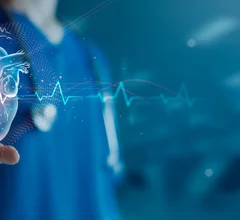Six years ago, two radiologists with dissimilar backgrounds and divergent clinical interests put their heads together and launched a new practice. One physician was an academic subspecialized in musculoskeletal reads. The other, a private practitioner, concentrated on oncologic imaging. That’s how Transparent Imaging was born, powered by Konica Minolta.


